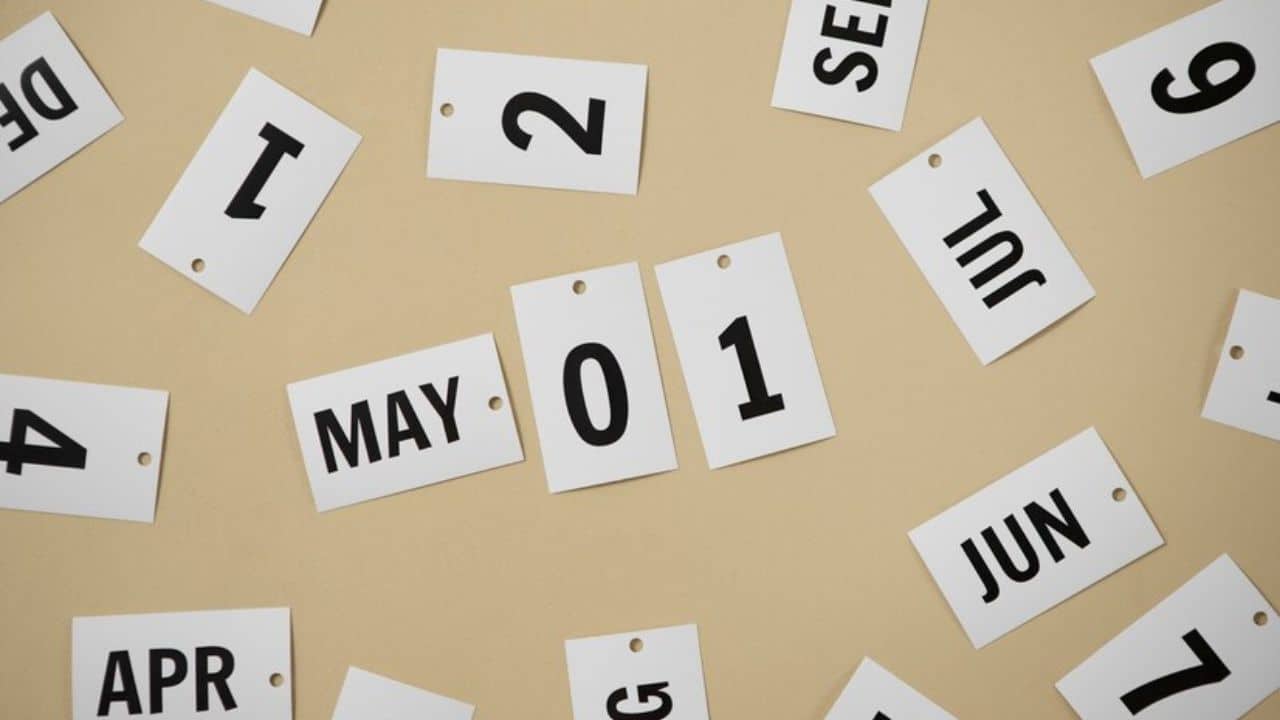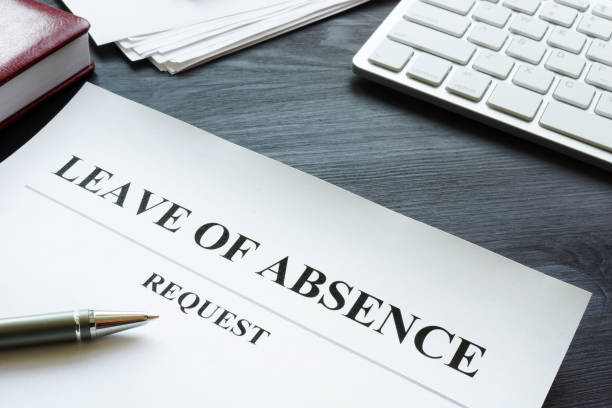Have you ever stopped to wonder how many days there are in a year? It might seem like a straightforward question, with an obvious answer – 365, right? Well, not quite. The concept of a year, and how many days it comprises, is more intricate than you might think.
In this blog post, we’ll delve into the various calendar systems that have been used throughout history and around the world, exploring the fascinating variations in the number of days in a year.
Table of contents
The Different Types of Calendar
Here are the different types of calendar
1. The Gregorian Calendar
The Gregorian calendar is the most widely used calendar system today. It’s the one you’re probably most familiar with, and it defines a year as having 365 days, with an extra day added every four years (a leap year) to account for the fact that the Earth’s orbit around the sun is not exactly 365.25 days. This system keeps our calendar year aligned fairly accurately with the astronomical year.
SEE ALSO: How Many Weeks Are in a School Year: Planning and Maximizing the Academic Calendar
2. The Julian Calendar
Before the Gregorian calendar, the Julian calendar was in use, introduced by Julius Caesar in 45 BCE. It had a 365-day year with a leap year occurring every four years, similar to the Gregorian calendar. However, this system did not quite match the length of the tropical year, leading to a slow drift in the date of the spring equinox over time.
3. The Lunar Calendar
In contrast to solar calendars like the Gregorian and Julian, lunar calendars are based on the moon’s cycles. These calendars often have 354 or 355 days in a year. A well-known lunar calendar is the Islamic calendar, which has 354 or 355 days and doesn’t have leap years. As a result, Islamic months and holidays move earlier each year in the Gregorian calendar.
READ ALSO: How Many Years to Become a Registered Nurse? New Update.
4. The Hindu Calendar
The Hindu calendar is incredibly intricate, featuring multiple systems, each with its variation in the number of days in a year. One of the most common Hindu calendars is the Vikram Samvat, which has 365 days in a year. Another Hindu calendar, the Tamil calendar, features 365 days in a regular year and an occasional leap year of 366 days.
5. The Chinese Calendar
The traditional Chinese calendar, used for cultural and religious purposes, is lunisolar. It features 12 or 13 months, totaling 353 to 385 days in a year, with an intercalary month added every few years to harmonize the calendar with the solar year.
How Many Days Are In A Standard Year?
In the Gregorian calendar, which is the most commonly used calendar system, a standard year has 365 days.
What Is A Leap Year?
A leap year is a year that has 366 days instead of the usual 365. It occurs in the Gregorian calendar every four years to account for the extra 0.25 days in the Earth’s orbit around the sun.
READ ALSO: How Many Days Till Halloween: Countdown Basics
Why Do We Have Leap Years?
We have leap years to keep our calendar year in sync with the astronomical year, which is about 365.2422 days long. By adding an extra day every four years, we compensate for the discrepancy and ensure our calendar aligns reasonably well with the seasons.
Are All Calendar Systems Based On 365 Days In A Year?
No, not all calendar systems use 365 days in a year. Various cultures and civilizations have developed their calendar systems, some of which have different numbers of days in a year. For example, lunar calendars might have around 354 to 355 days in a year, while lunisolar calendars can have 353 to 385 days, depending on their design.
SEE ALSO: Can You Sell Pokémon Cards at a Pawn Shop?
What Are Some Examples Of Calendars With Different Year Lengths?
The Islamic calendar has 354 or 355 days in a year and does not use leap years. The Chinese calendar, a lunisolar calendar, has 353 to 385 days in a year and occasionally adds an extra month to align with the solar year.
9. Why is it important to understand calendar variations?
Understanding calendar variations is important because it reflects the diversity of human cultures, traditions, and historical developments. It also helps with scheduling events, holidays, and religious observances, as different calendar systems may impact the timing of these activities.
FAQs On How Many Days in a Year
Leap years in non-Gregorian calendars vary. Some calendars, like the Hebrew calendar, have a more complex system of leap years with additional rules, while others, like the Indian Vikram Samvat, follow a simpler pattern similar to the Gregorian calendar.
No, there are no widely used calendar systems with more than 366 days in a year. Calendars aim to approximate the solar or lunar year, and having more than 366 days would not align with the Earth’s orbit.
No, not all countries use the Gregorian calendar. While it is the most widely used calendar for civil purposes, some countries and cultures also observe their own traditional or religious calendars alongside or in place of the Gregorian calendar.
Conclusion
The number of days in a year depends on the calendar system in use, and different cultures and societies have devised their calendars to align with their unique needs and traditions. Understanding these calendar variations not only enriches our knowledge but also highlights the diversity of human cultures and their approaches to measuring time. So, the next time you ponder the length of a year, remember that it’s a more complex question than it may seem at first glance.
References
- en.wikipedia.org – Year
- doodlelearning.com – How many days are in a year? The days of the month explained






